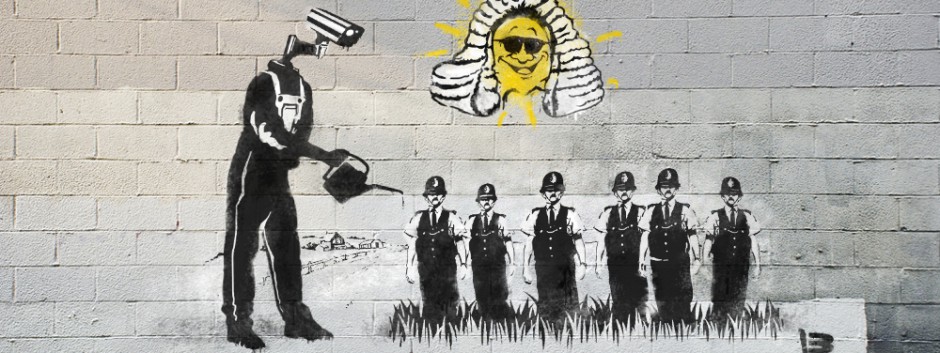Sound, language, and technology share a symbiotic relationship. These concepts work synchronously to hold the power of the message. To support my claim, I want to illustrate the power of the message through the frames of the deep-rooted history of systematic racism and class disparities.
W.E.B. Du Bois writes about the ‘Sorrow Songs’ chanted by the enslaved. Through language and sound, they conveyed a message of strife and cries for the means of an end. Du Bois states:
“Why has civilization flourished in Europe, and flickered, flamed, and died in Africa? So long as the world stands meekly dumb before such questions, shall this nation proclaim its ignorance and unhallowed prejudices by denying freedom of opportunity to those who brought the Sorrow Songs to the Seats of the Mighty?”
European civilizations thrived through the benefit of African enslavement. Yet, at the same time, Africans suffered through the ignorance and prejudices of the nations. The enslaved sent a powerful message through the Sorrow Songs, which conveyed the generational injustice and connection to a deep-rooted history of systematic racism. The Sorrow Songs is a message, although sorrowful, holds its breaths of hope toward justice.
The music and the language that expressed grief and generational injustice have evolved throughout history. Whether it was the chants sung by slaves to the hip-hop artists using language play, a message was delivered. Saul Williams claims that sound holds the power of the eternal universe through vibration, which has the potential for manifestation. Williams says:
“Hip-hop, as is, is mainly concerned with depicting a rough street life devoid of hope or an upscale designer life devoid of reflection and in doing so dictates its own outcome. If biggie’s album had not been entitled ready to die would he still be alive today?”
While the Sorrow Songs depicted a message of grief and hope for justice, Hip-Hop shows the message of class disparities linked with the deep-rooted history of racism. Williams claims that Hip-Hop has the vibrational power of manifestation where the language of hip-hop ‘ghetto life’ sends a message of hope for class mobility. A message that has the capability of manifestation. Through the power of sound, one can hope for a brighter future.
Technology shares the power of the message with sound and language. While I expressed that sound and language send a message of the deep-rooted history of systematic racism, we can use technology to grasp this idea entirely. Langdon’s winner asserts the notion that technology is coherent with politics. Winner claims technology holds the power of politics through his example of overpasses built to discourage the presence of buses.
“Poor people and blacks, who normally used public transit, were kept off the roads because the twelve-foot tall buses could not get through the overpasses.”
This technology’s intentional consequence was limiting a particular demographic from accessing Jones Beach. Here, technology holds the power of the message— a message of systematic social inequality. Language, sound, and technology both share the mutualistic relationship of the discernment of message, whether through the voice of the blacks or the message sent through public infrastructure that will demonstrate the clear message of systematic social inequality and classism.



